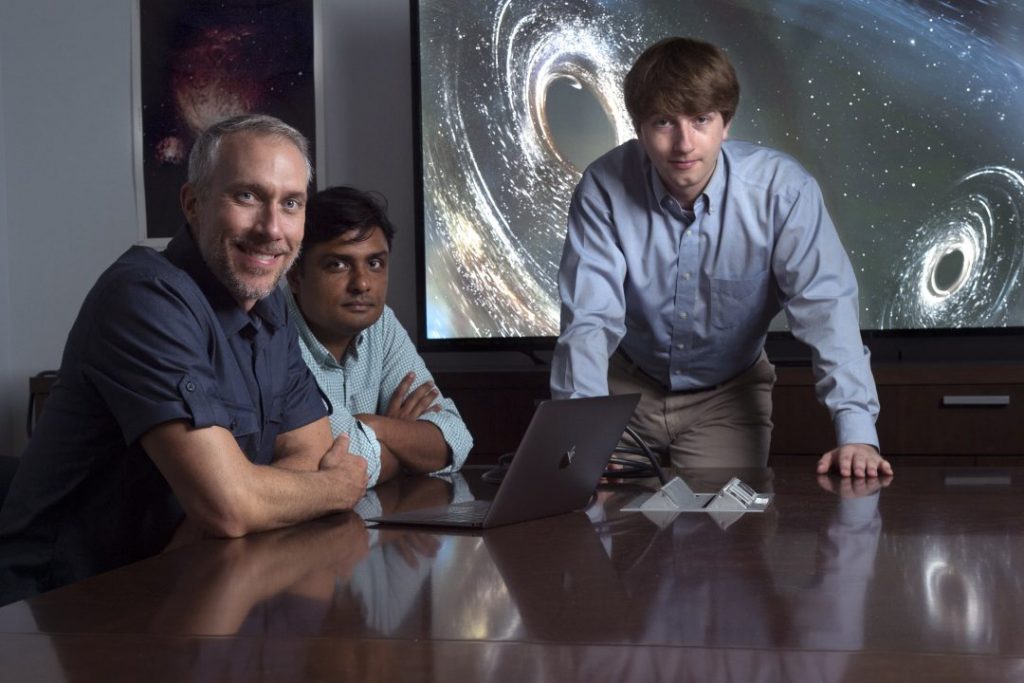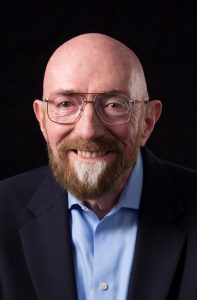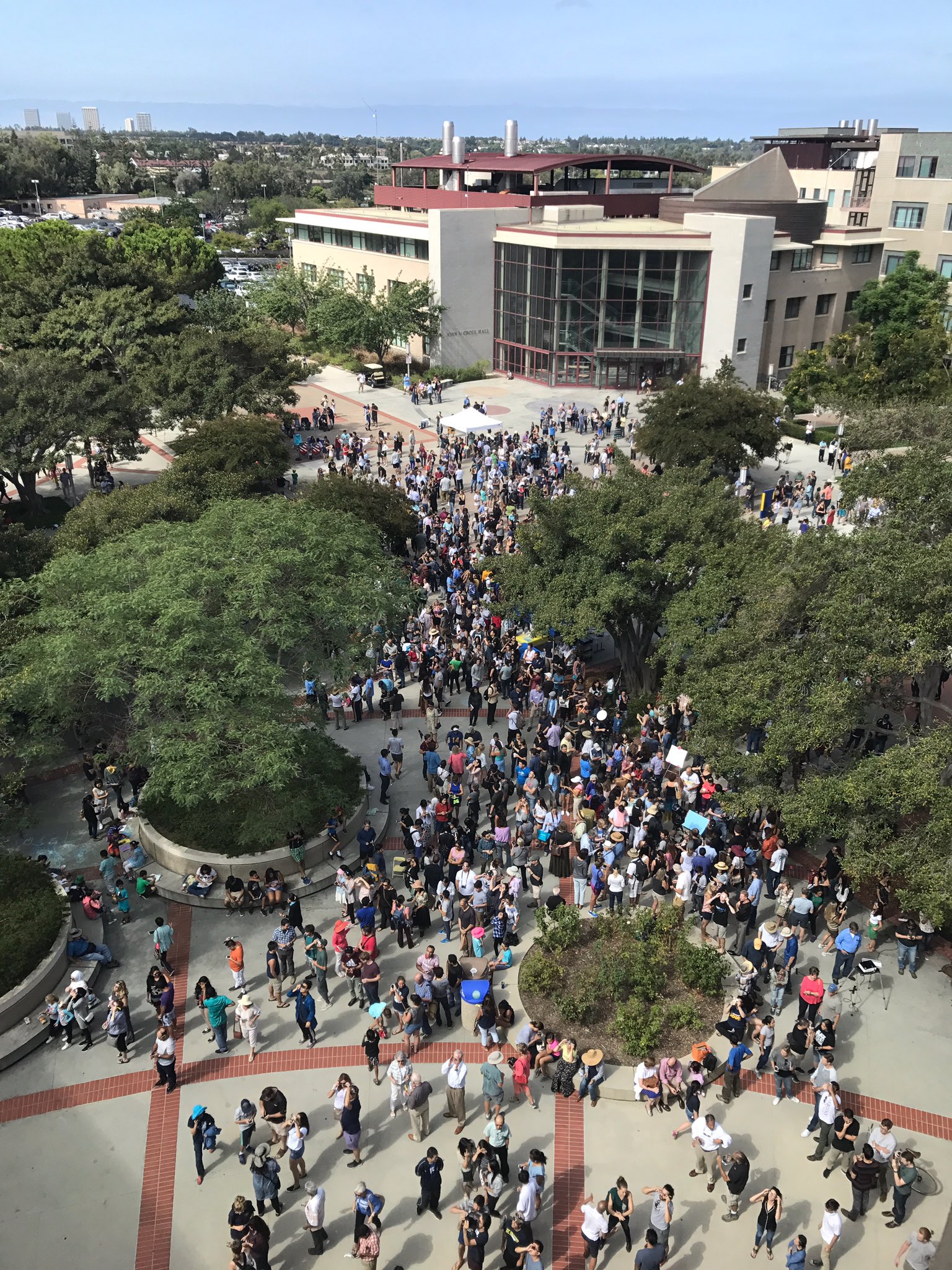It has been a great year at the Center for Cosmology at UC Irvine. The former Director, Prof. James Bullock, has ascended to be the Chair of the Department of Physics and Astronomy in the summer of 2017, and a new Director, Prof. Kevork Abazajian, took up directorship. Center for Cosmology faculty and students have had significant impact.
Here are some highlights from this year
UC Irvine astronomers make a hundred million discoveries — black holes

Recent UCI Physics & Astronomy Ph.D. recipient Dr. Oliver Elberthad his work, available on the arXiv, with Prof. James Bullock and Prof. Manoj Kaplinghat covered in Forbes, Phys.Org, The Universe Today, and the OC Register:
“Astronomers from UC Irvine have concluded that as many as 100 million black holes exist in our galaxy – a tally far more than previously believed and shocking even to the three researchers… The trio’s discovery grows out of the 2015 detection of evidence showing that two black holes, each the size of 30 suns, collided to form a single one some 1.3 billion years ago. In response to that groundbreaking news — which confirmed a key part of Einstein’s theory of relativity — the three UCI astronomers launched their study to determine how many black holes there are in the Milky Way.”
UC Irvine and UC Riverside Team Up to Show Strong Evidence for Dark Matter Self-Interactions
A UC Irvine Center for Cosmology and UC Riverside collaboration showed strong evidence from the wide diversity of rotation curves of galaxies points to dark matter having self interactions. The results were published in the world’s premier physics letter journal, Physical Review Letters, covered in American Physical Society’s Synopsis, and received broad press coverage including in Physics World. Authors of the paper were Ayuki Kamada, Manoj Kaplinghat, Andrew B. Pace, and Hai-Bo Yu.
2018 Reines Lecture
Starting in the 1960’s, efforts were made to detect a new type of radiation in the Universe, gravitational waves. The first detection of them was announced in 2016, from colliding black holes, using techniques developed by Kip Thorne, Rainer Weiss and Barry Barish. Prof. Kip Thorne will be giving the 2018 Reines Lecture on this discovery, for which he shared the 2017 Nobel Prize in Physics.
Exploring the Universe with Gravitational Waves: From the Big Bang to Black Holes
Tuesday, March 6, 2018
Irvine Barclay Theatre
7:30 – 8:30 PM
This talk is free and open to the public, but you must register here.
UC Irvine cosmologist Prof. James Bullock was appointed chair of the James Webb Space Telescopeusers committee. The group, which includes 10 to 14 American, European and Canadian scientists, was established to ensure that the observatory is operated in such a way as to maximize its scientific performance. The JWST, successor to the Hubble Space Telescope, is scheduled to launch in spring 2019
The Center hosted a Great American Eclipse viewing party on August 21, 2017, for the eclipse that traveled coast-to-coast across America. The event was estimated to draw 1,100 visitors from across Irvine and Orange County, and was the largest public event hosted by the Department of Physics & Astronomy and School of Physical Sciences since a celebration of the 1995 Nobel Prizes to Frederick Reines and Sherwood Rowland. Credit goes to the graduate studentsthat led the organization of the event: Katy Rodriguez Wimberly and Arianna Brown.
The event was covered by the OC Register, KTLA Channel 5, NBC News, and is on Storify.
TV Show “Big Bang Theory” displayed notes from two research papers written by Jonathan Feng, Cosmology Center Faculty and UCI professor of physics & astronomy, with UCI post-doctoral scholars, Iftah Galon, Felix Kling, and Sebastian Trojanowski. On the board, the team is pitching a new detector to be placed at the Large Hadron Collider at CERN in Switzerland.
A hilarious and helpful guide to the biggest mysteries in the Universe. PHD Comics creator Jorge Cham and UC Irvine particle physicist Prof. Daniel Whiteson team up to explain everything we don’t know about the Universe, from Cosmic Rays and Dark Matter to time travel and the Big Bang.
|
|







